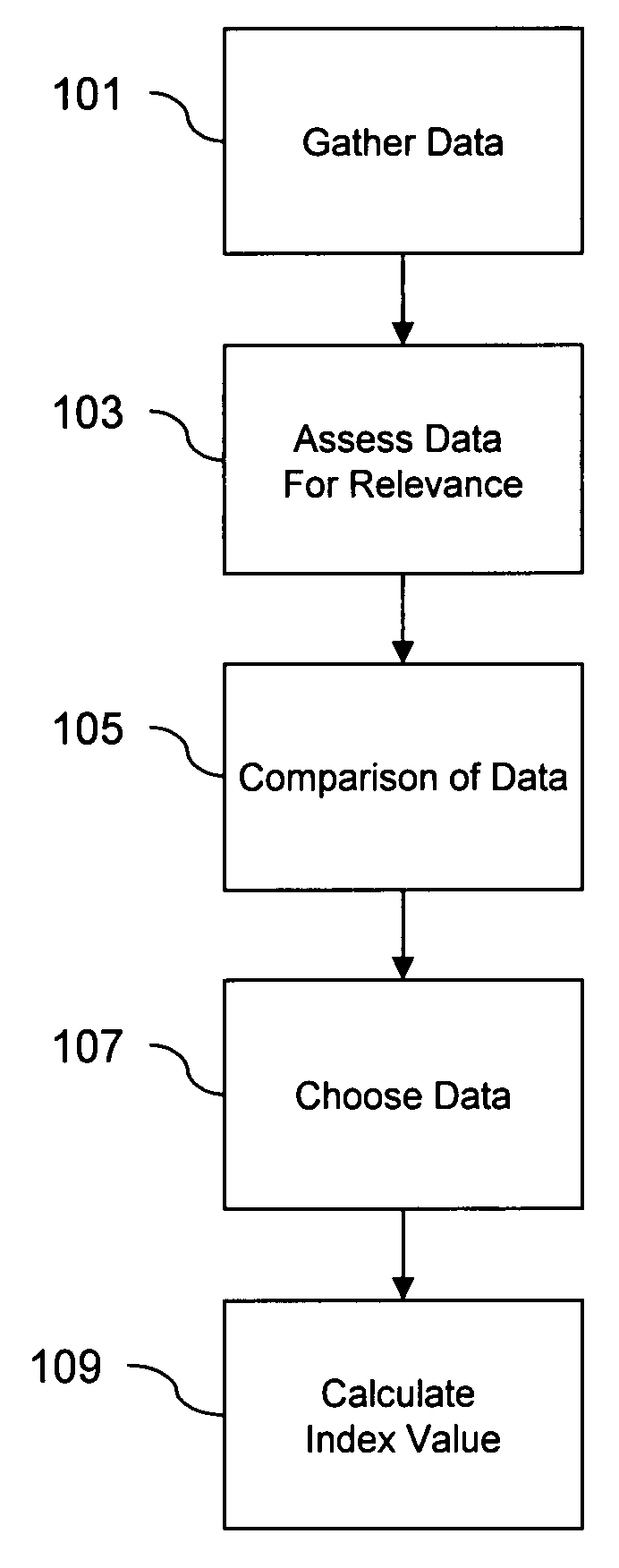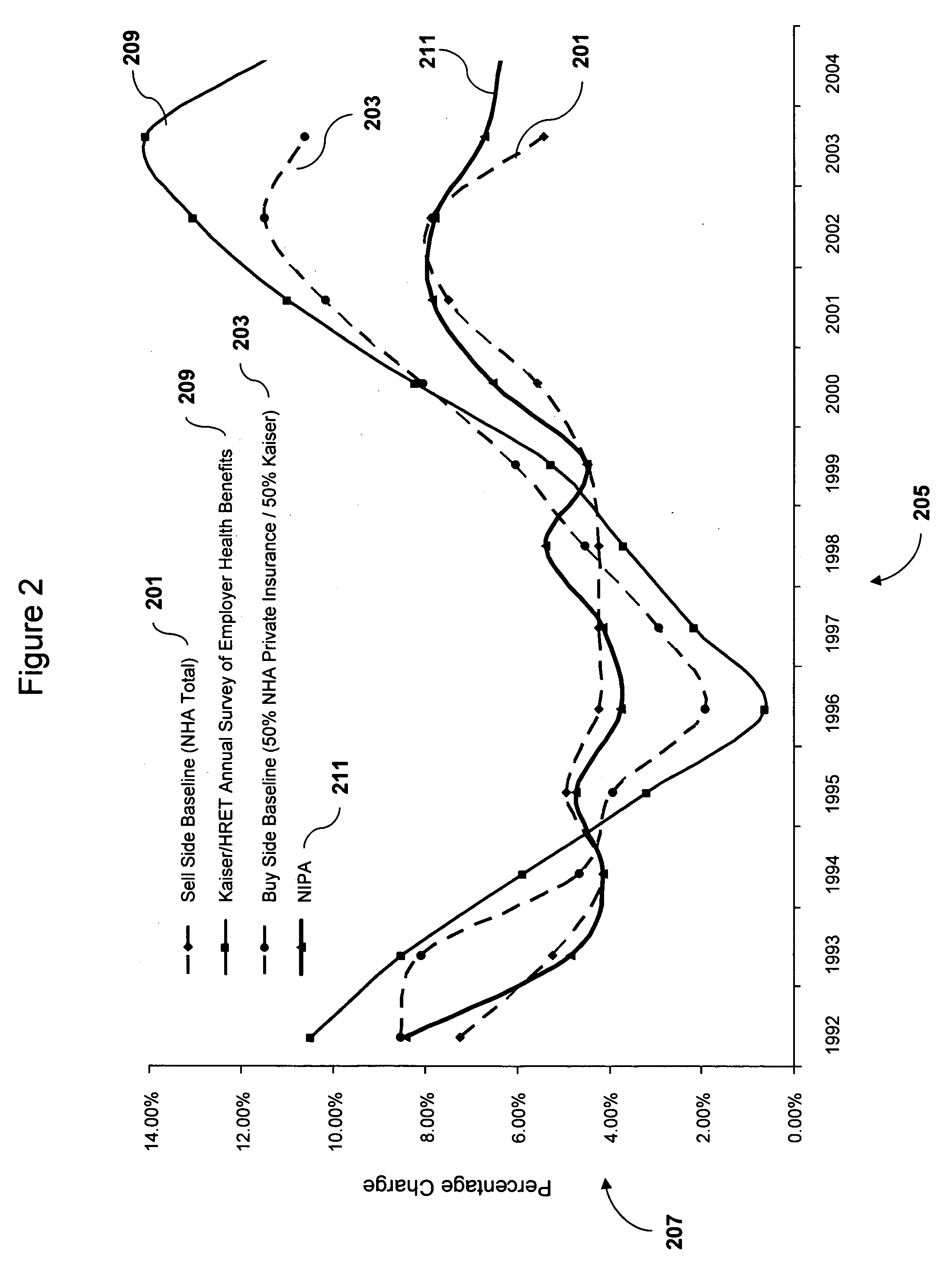Individuals, enterprises, and corporations are continually exposed to the risk of future events beyond their control, which can either positively or negatively
impact their financial stability.
For example, some types of risk concern technical phenomena—the breakdown of a power
plant, aircraft engine failure, or the damage to, or failure of, orbiting
telecommunications satellites.
Another type of risk is economic in nature.
If the tendency is for a security to rise or fall very sharply, the security is said to be highly volatile.
However, the task of determining the volatility of a given financial instrument is not straightforward.
Accordingly, sufficient data to accurately determine a volatility function is rarely available making it extremely difficult for organizations to place consistent valuations on associated risks, and to subsequently determine how to most accurately optimize the allocation of resources across an entire enterprise.
Certain
ranking methodologies purport to apply equally to all risks in an organization, but do not establish consistent operational definitions and measurement methodologies across the various functional areas.
Existing methodologies do not recognize the interdependencies that exist between various risk controls, nor do they answer the question of whether economic value is being created by
risk control efforts.
In addition, quantifying risk in a subjective manner can lead to widely disparate results.
However, there are several disadvantages to using insurance as a risk
management tool.
While an insurer may accurately predict the probability and amount of loss, the administrative expenses associated with maintaining the accuracy of these functions are high.
Also, insurance companies must deal with adverse selection because an insurer often cannot differentiate between a risk that never occurs and an event insured against which actually happens.
To compensate for the disadvantages, insurers must transfer some of the additional risk to the insuree by raising premium costs.
As a result, the cost to protect against a given risk is often higher than it would be without the need to protect the insurer's additional risk.
Of course, if the costs associated with managing risk by
purchasing insurance outweigh the protections provided by the insurance, risk managers would be loath to purchase it.
While such a forward contract transfers risk, there are disadvantages to utilizing it as a risk
management tool.
As a result of theses disadvantages, transaction costs associated with negotiating, maintaining and enforcing forward contracts are often unnecessarily high.
Therefore, forward contracts are generally inefficient risk management tools.
There are disadvantages to
purchasing a futures option.
For example, because one party has the right to refuse delivery of the futures option, the futures option is more expensive to purchase that a futures contract.
The higher price negatively impacts the return of the instrument, resulting in a
lower yield.
Because the yield is lower, it is a more inefficient risk
management tool than a standardized futures contract.
While prices for his
crop remain steady, the farmer is worried that the value of his crops at
harvest time will drop.
Although there are numerous benefits to hedging, risk managers do not currently hedge against every contingency.
If the risk that needs to be hedged has only a small
impact on an entity's business it may decide that hedging against that risk is unnecessary.
As a result, a company typically only hedges large expenditures and / or commodities that substantially impact the bottom line due to their underlying volatility.
While it can be generally utilized effectively to hedge short-term changes in inflation, and the index price is stable because it is based on government-published historic data, because it is a new type of futures contract the total number of contracts available is limited.
In addition, the CPI index is not an accurate measure of the volatility of uncorrelated products and services (e.g., healthcare) because uncorrelated products and services increase in price at a different rate than inflation.
The components of the healthcare trend are highly variable, making the healthcare trend extremely volatile.
For instance, general inflation,
consumer demand, government regulation,
drug costs,
unit cost,
seasonality, and annual fluctuations in severity of variable illness, all of which are exemplary components of the healthcare trend, are very volatile.
Therefore entities that attempt to manage
health related expenditures have difficulty budgeting and forecasting these costs due to this volatility, which affects the entity's bottom line.
For example, a Fortune 100 company like
General Motors has high financial
exposure to such risk factors as currency risk, credit risk from its financing division, interest rate risk from its financing division, and fuel cost risk from the sale of automobiles.
These financial risks are correlated to significant sources of revenue from (or significant expenditures related to), automobile products and services.
However, because there is no reliable method for managing its healthcare risk in this manner,
General Motors does not manage healthcare risk using financial derivatives.
The insurance premiums associated with such insurance have been rising at an alarming rate due to increasing costs that reflect the inherent variability of the healthcare industry, such as the cost of prescription drugs.
As a result, the present
system for managing risk associated with healthcare costs (i.e., health insurance) is inefficient.
While a typical self insured employer can predict the approximate number of doctor visits its employees will have in a given year, it cannot predict the number of “catastrophic events” (e.g., premature births,
cancer, and organ transplants) that will occur in a given year.
The costs associated with these procedures can be devastatingly high to a self insurer so there exists a need to hedge against this type of risk.
For example, conservative pricing and limited availability of stop loss insurance policies severely curtails the usefulness of stop loss insurance to small health plans with limited financial resources.
In contrast, large companies can afford the costs associated with a few catastrophic claims, so the steep cost of stop loss insurance becomes economically wasteful.
Consequently, stop loss insurance is limited to mid-sized self insured employers because such entities often do not have large enough cash reserves or generate enough income to cover the costs associated with several catastrophic claims.
In addition, stop loss insurance solutions maintain extreme volatility because typical stop loss plans do not take effect until the incurred claims exceed a 25% threshold.
Because current healthcare risk management techniques have limited success and sharply rising healthcare costs continue to impact an entity's financial stability, there is a clear need in the art for a system and method to more effectively manage the risk associated with healthcare costs.
 Login to View More
Login to View More  Login to View More
Login to View More 


